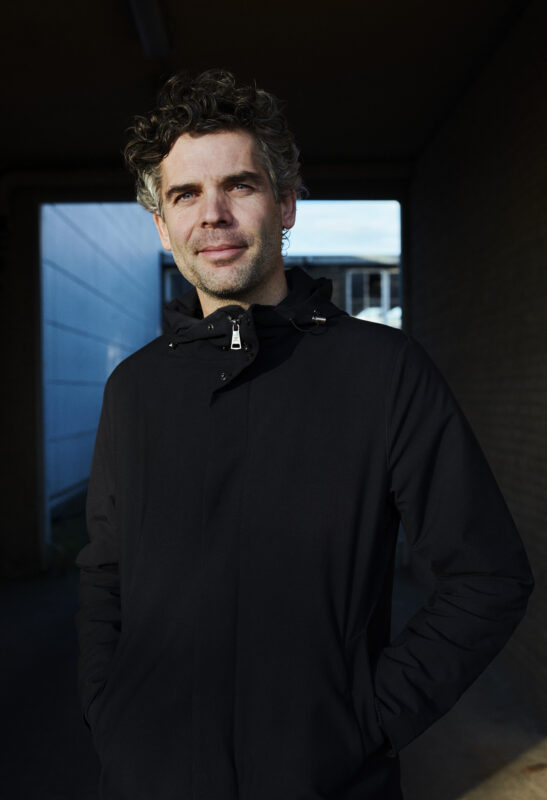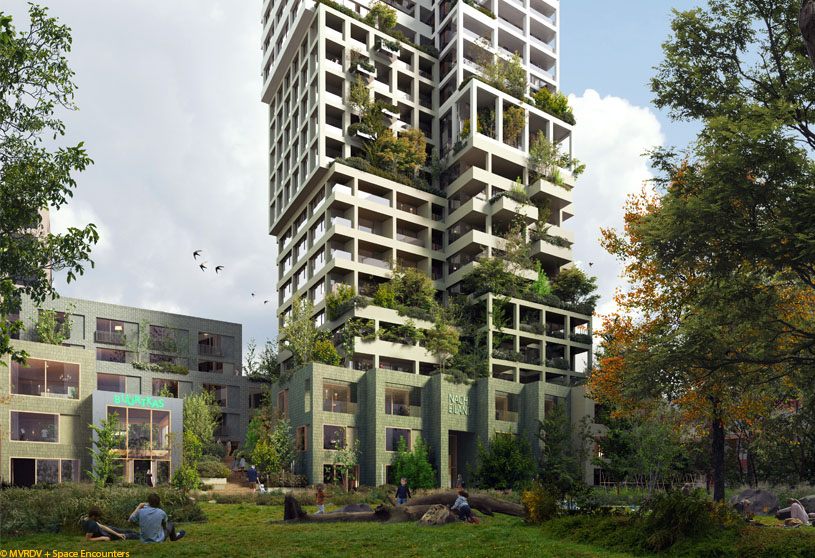(“Text as taken from the website”)
 Gijs Baks
Gijs Baks
 Joost Baks
Joost Baks
Practice Ideology
Space Encounters is an internationally operating and award-winning office for architecture led by the brothers Gijs and Joost Baks. With great joy and sensitivity they create innovative and remarkable architecture for living, working and playing on all scales. They approach each project as an invitation to find an answer to the question: what is the very best this project can be? To them each collaboration is a shared exploration to come to well-made architecture. Finding the best responses to complex architectural challenges requires an open, optimistic attitude, original vision and a hands-on approach.
Their work is celebrated for its clarity, refined rigour, and imaginative approach to solving challenges of the built environment. The designs of Space Encounters take on a resounding position and have a lasting positive impact on their surroundings and users. Their broad expertise encompasses building transformations, sustainable living solutions and building in complex urban contexts.
As a team the designers regularly discuss the meaning of architecture and architectural thinking in contemporary society. From these discussions they have formulated nine core ideas that together constitute the foundation of Space Encounters’ approach.
Architecture is about the future
They aim to design revolutionary, optimistic buildings. They believe that their work should challenge the status quo and strive to improve it.
Experiment is key
In their designs, they aim to connect with people through imaginative and articulated architecture that results in strong images, whether ornamental or abstract, hand-crafted or technological, spectacular or quiet. They intend to let the poetics of architecture speak by surprising combinations of program, material and users.
Lyrical minimalism is their way to deal with economic constraints
They believe that fewer choices make better buildings. This lyrical minimalism, to them, is the concurrence of essence and accident. The unavoidable process of retrenchment challenges them to bring the designs to their essence, improving them along the way. In doing this they don’t shun the banal and excel in making buildings that express great value while being economical to build.
They foster respect and understanding with their clients
By taking adequate time to think with their clients during the design process, they provide solutions of great clarity and quality. Together, they identify the core questions of a commission and cultivate shared positions from which they collectively evaluate the architectural proposals that follow.
Thinking and doing
The curiosity for innovation and refreshing perspectives keeps them moving. In a controlled mixture of soberness and whimsicality they combine conceptual thinking and craftsmanship. Associative thinking and spontaneous creation are generated by physical modeling.
They are storytellers
They see architecture as a romantic discipline that is approached scientifically. They believe they are romantics working with and within rationalised paradigms to create conditions for the richness of places to blossom. Telling stories to uncover the potential of assignments, places, and sights is part of their core practice.
The complexity of the city and nature
They see the city and nature as the same thing only with different conditions. Operating within existing (urban) landscapes means the transformation of multiple existing and parallel realities. All creation is therefore transformation. Sustainable and radical inclusiveness is needed to make a better future – without losing the identity of places. To achieve this, existing structures and buildings need to be re-evaluated to create more living than destruction. How can they be the basis for something better? They believe in the smart densification of the cities by means of transforming and adding to the existing building mass.
The endless space of the universe
They approach architecture holistically and do not strictly build for humans. They believe that the line between nature and architecture is diffuse to them and although their main clients are human, their vision is not anthropocentric. They consider humans to be part of a complex system; the spaceship earth. By considering a bigger picture and imagining what the future could be, they design buildings as open structures that not only accommodate contemporary needs, wishes and objectives, but also facilitate change and transformation.
They do not pretend that architecture provides all solutions, yet they are convinced that good architecture is relevant. Knowing that the result will be a realised building, model or sketch manifested on a 1:1 scale, stimulates a natural optimism for them. Making architecture requires an optimistic willingness to do the work and this optimism is based in the trust in, the curiosity for and the dedication to the journey ahead.

